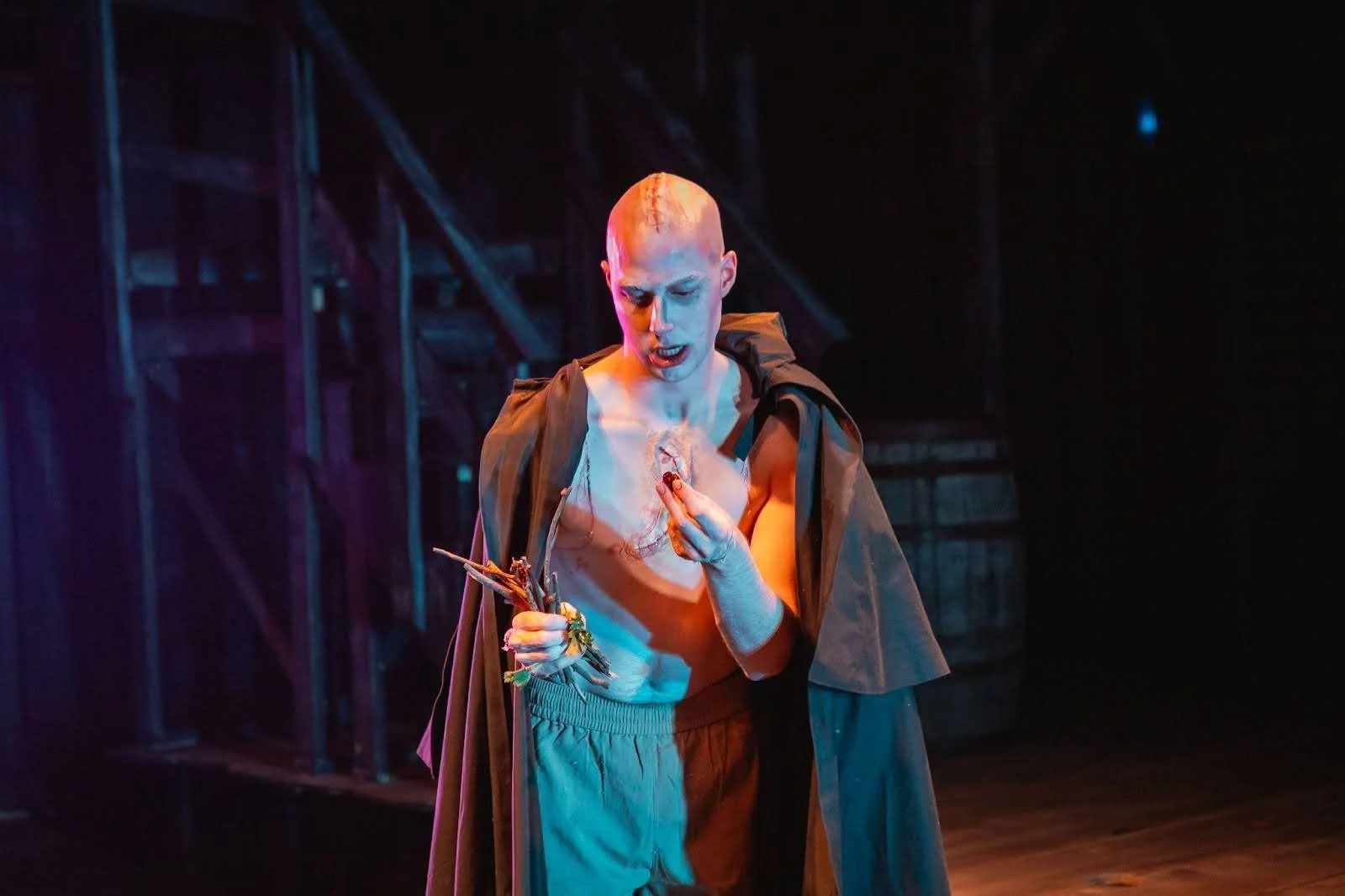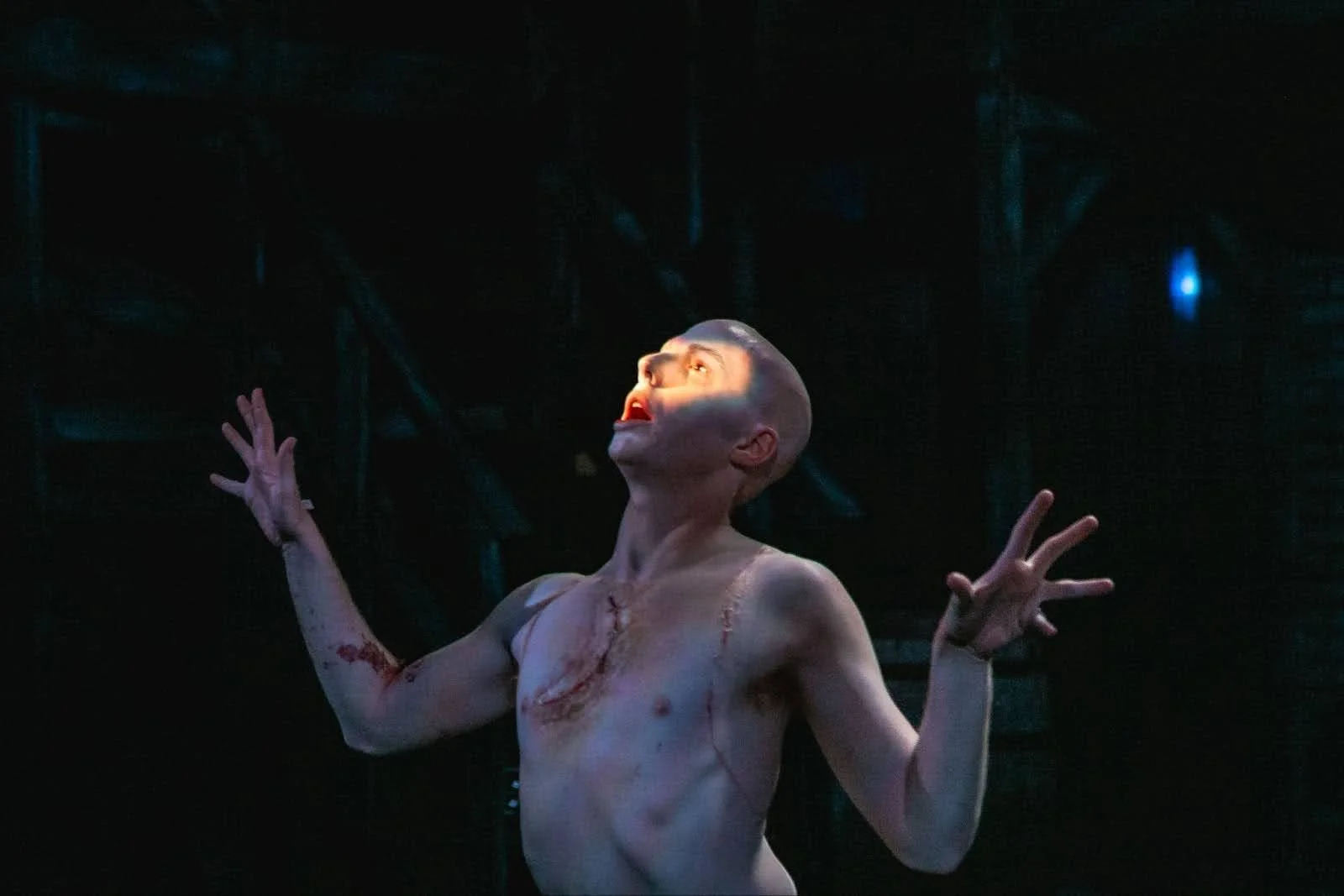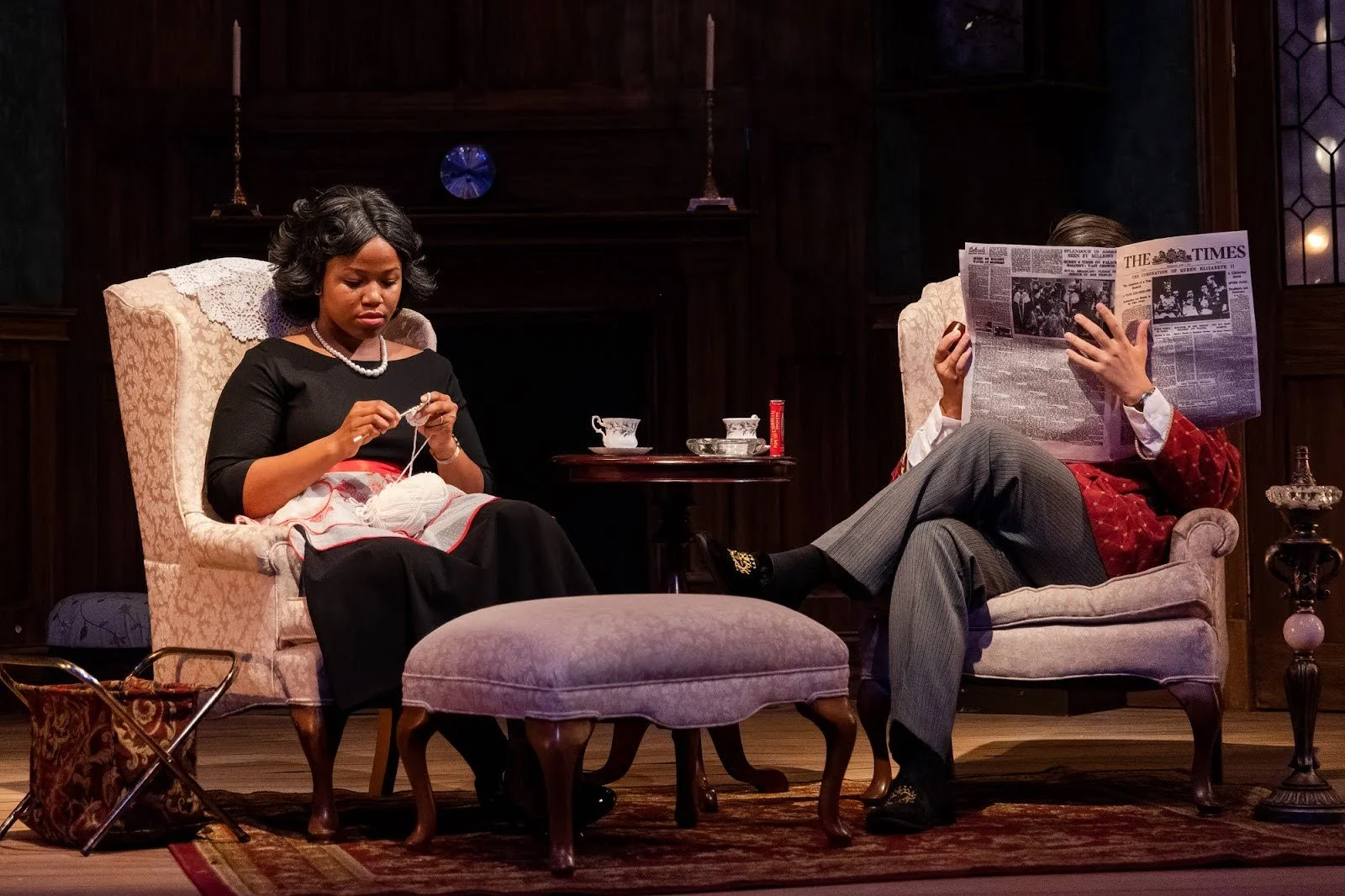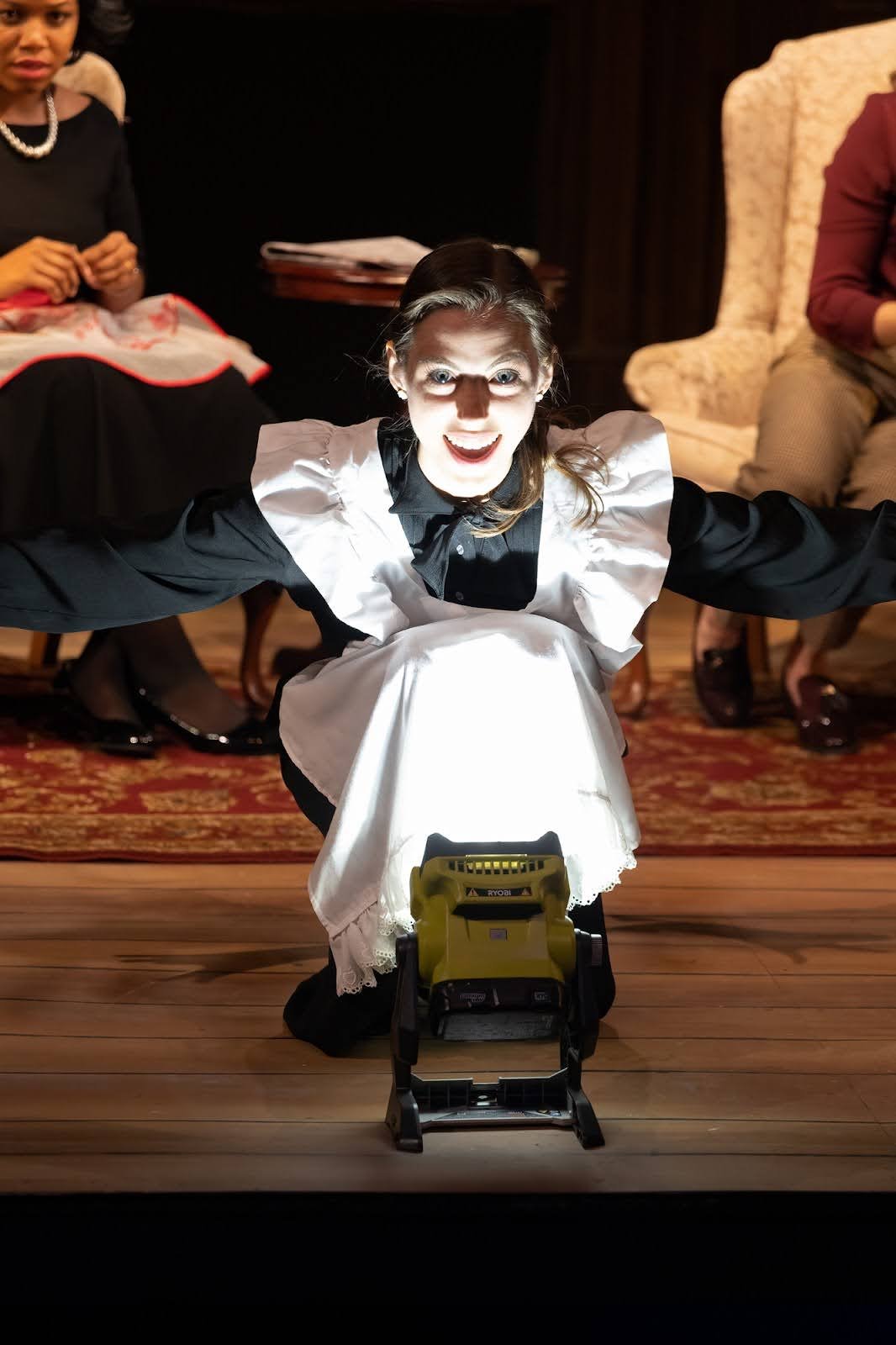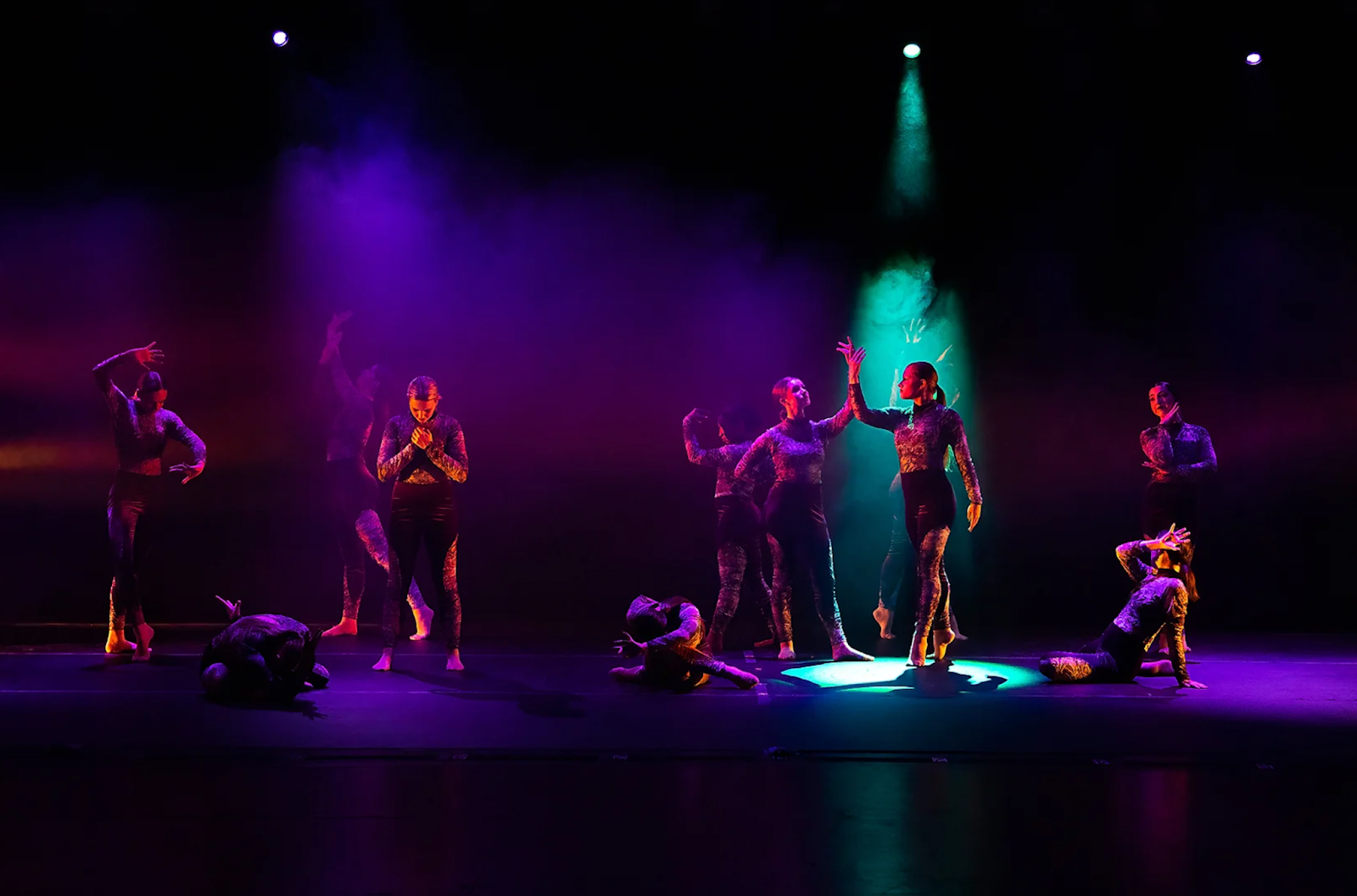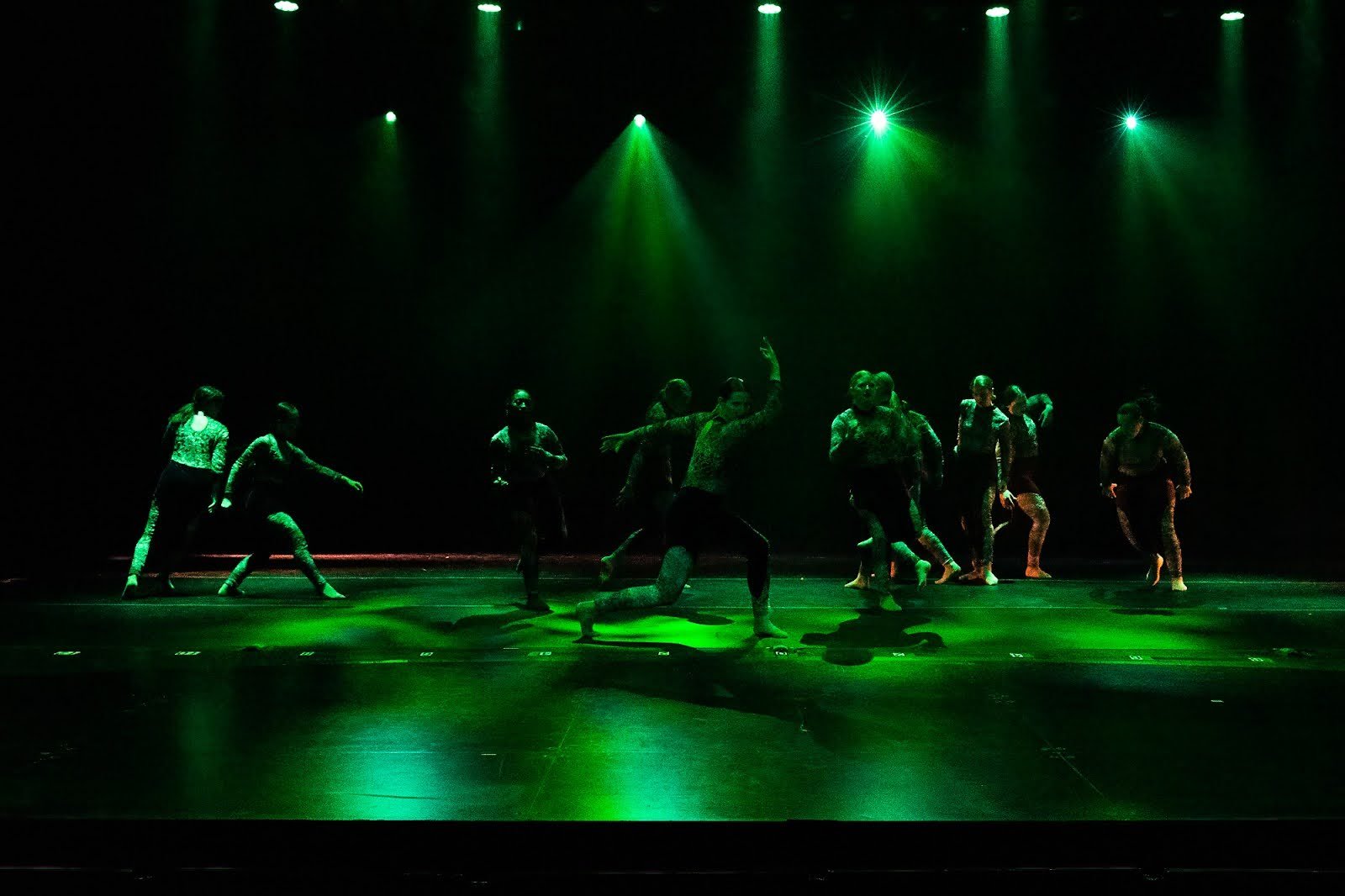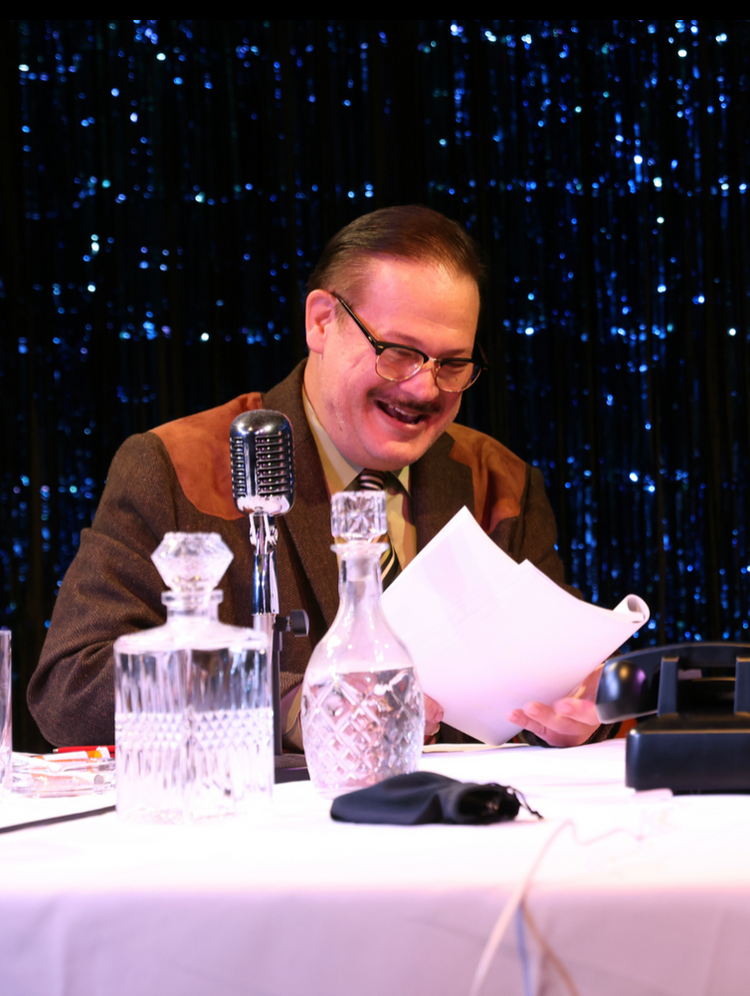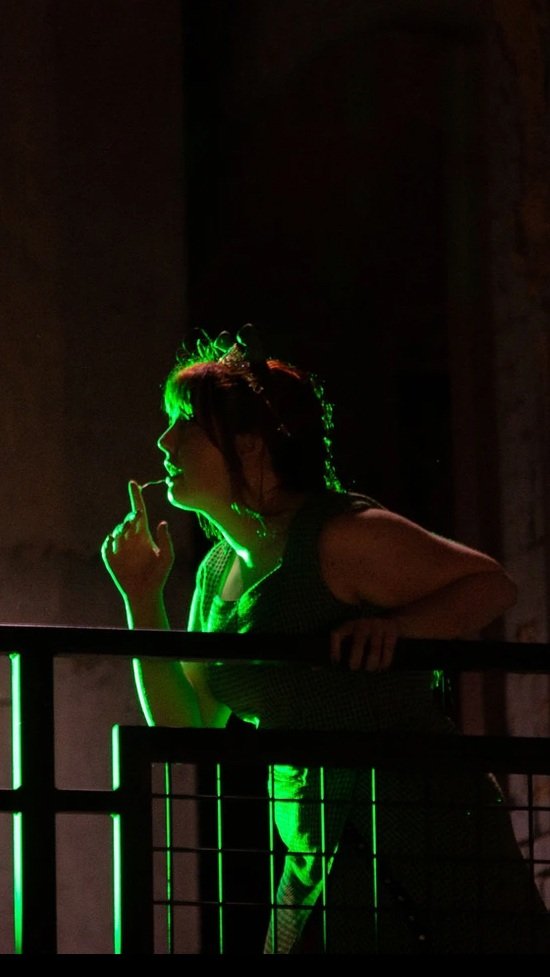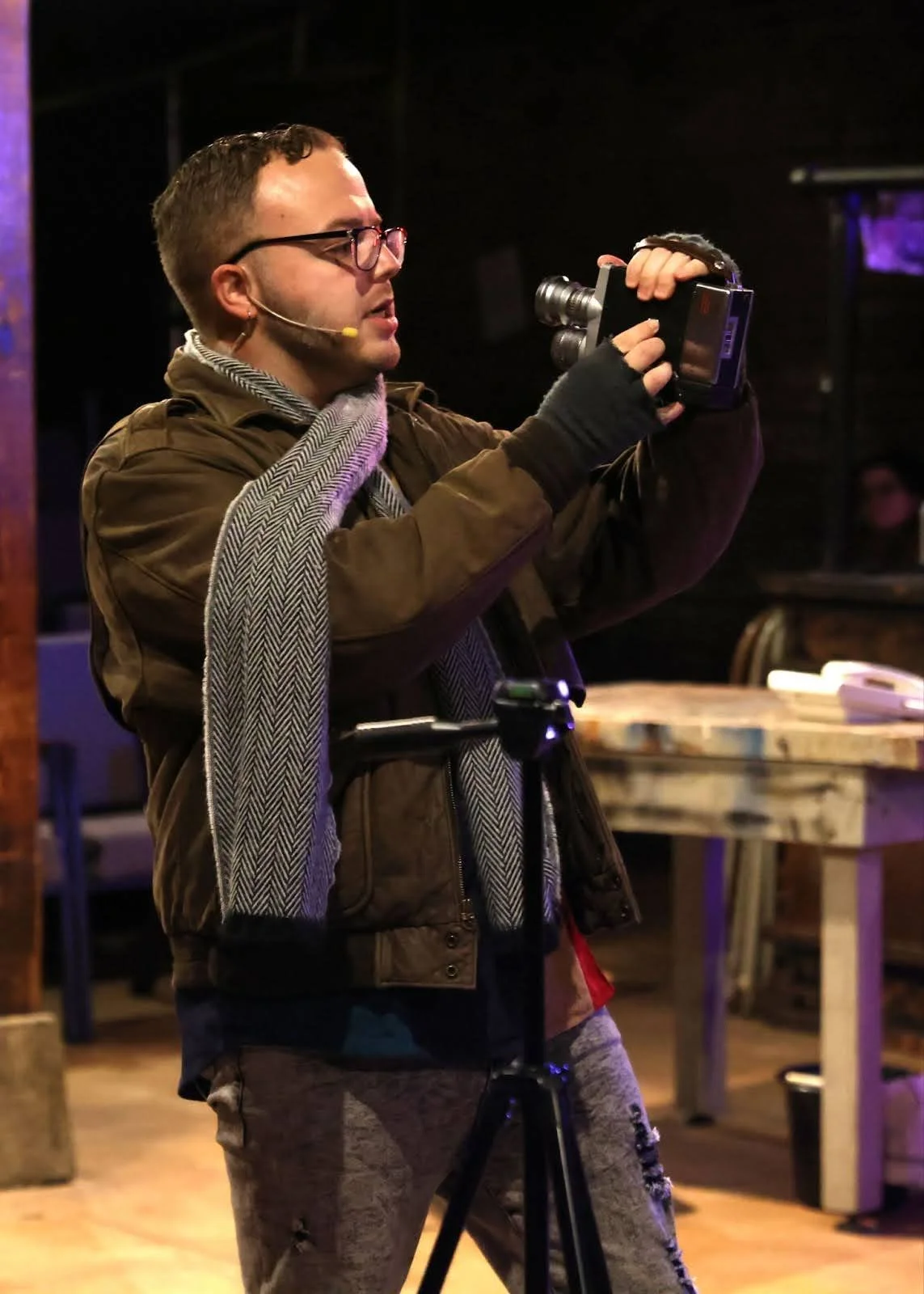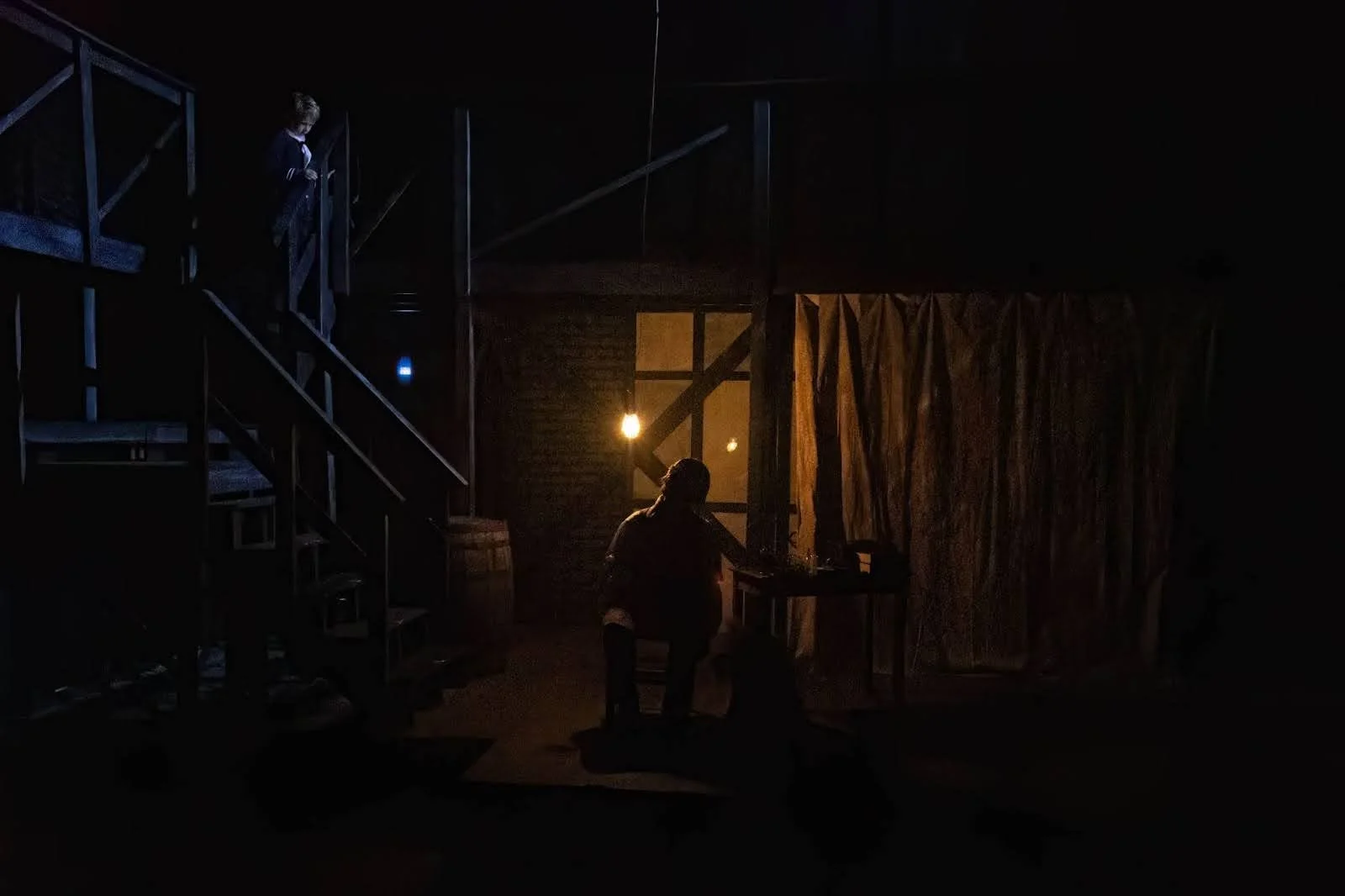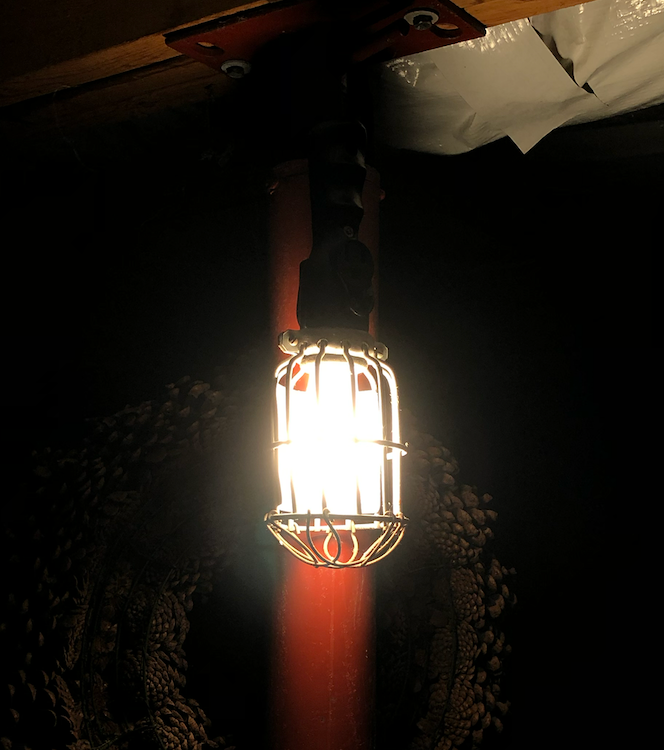Thomas Cawood is a Lighting Design student at Anderson University. He joined Market Theatre's team in 2022 as a Lighting Design Apprentice; this past year, he became the Market's Resident Lighting Designer! The first production he designed was The Wiz at Clemson Little Theatre. Over the past few years, his rep has expanded into Anderson and Greenville. Learn more about Thomas and his job as a lighting designer below!
In live theatre, what do you see the role of a lighting designer being?
The role of a lighting designer is to illuminate characters and setting in a way that is consistent with the mood of the scene. An additional priority for me is providing a lens through which an audience can experience and approach the show in line with the director’s vision. These are some things I’ve realized and experienced while designing lights at Market Theatre and beyond.
Where do you find inspiration for your lighting designs? How would you describe your aesthetic?
My lighting aesthetic varies depending on the show, but a general darkness and focus being pulled to one spot is a through line. Whatever aesthetic is established, I typically try to upset it once the script, choreography, etc introduces a new element or changes a meaning. Inspiration depends on the show: I’ve drawn from German expressionist paintings and film, as well as post-apocalyptic video games and snow globes. The Caretaker’s Everywhere at the End of Time, a six-hour soundscape attempting to capture a progression of dementia, is a piece I reference a lot because of how its elements degrade or develop.
When starting work on a new production, where do you begin? Are there specific themes or elements you usually look out for in the script?
One of my first questions in reading a script is “how do the characters see and present themselves and the world around them; then, how does their understanding change?”
As Market’s Resident Lighting Designer, audiences have seen your work in various spaces: Rock of Ages, Kinky Boots, RENT, Shrek, Peter Pan (2023 24 Hour Musical), and A Public Reading…About the Death of Walt Disney. Because Market produces indoor and outdoor shows, what challenges do you expect to encounter in unfamiliar or nontraditional theatre spaces?
With Market producing in various places a season and having an unconventional theatre space, one challenge of a space not designed for theatrical lighting is finding where you can create theatrical moments. For example, Carolina Wren Park is not a theatrical space, so when Fiona [in Shrek] secretly turns into an ogre, I asked the directors to place her near one of the lights so we could backlight her, a common tool to denote secrecy or establish uncertainty. Non-theatrical space means taking instruments from a non-theatrical space to use. Many theatre lights are designed for longer throws and wattages than are necessary in Market’s space at the Arts Center. To achieve a consistent and bright wash in RENT, we used a combination of industrial flood lights designed for outdoor work use and color changing LED flood lights designed for home and garden decoration.
Do you have a favorite instrument, tool, or feature of lighting design?
My favorite lights are trouble lights, they aren’t intentionally theatrical, but I just can’t get enough of them. I’d love to use them in a production of Hadestown because it has a lost of conceptual room, which is my favorite part of the design process. I hope Market is able to do Hadestown at some point, preferably in the farmer’s market behind the Arts Center.
Is there a show you’re hoping to design for one day? Is there a show you're looking forward to Designing next season at Market?
For now, I’m most looking forward to designing for Rocky Horror next fall because it’ll be a fun, campy time, as well as The Music Man because we’ll be in a different space with a different inventory to work with.
Want to see more of Thomas’s work? Check out his website, and the 2024 season at Market Theatre!




